Many people enjoy a snowfall because of its beauty or fun, while others work in freezing conditions. Either way, you may find yourself chilled if you don't have proper clothing. You may be wondering what type of pants are the best to wear in the snow. We've done the research and found some suggestions.
When you plan on being in the snow, you need pants that will protect your skin from getting cold and wet. The best type of pants depends on how long you plan to be outside and the level of direct exposure to the snow. Below is a list of suggestions on types of pants suitable for wearing in the snow.
- Ski Pants
- Snowboard Pants
- Hiking Pants
- Rain Pants
- Bibs
- Snowsuit
- Coveralls
- Fleece-lined denim
- Thermal or fleece-lined leggings
If you live in a region where cold and snow are a normal part of the winter climate, you probably own designated snow clothes. If not, you might be visiting or moving to a colder climate and need information about what to wear in the snow. Please continue reading to find out more detailed information about the suggestions on our list.
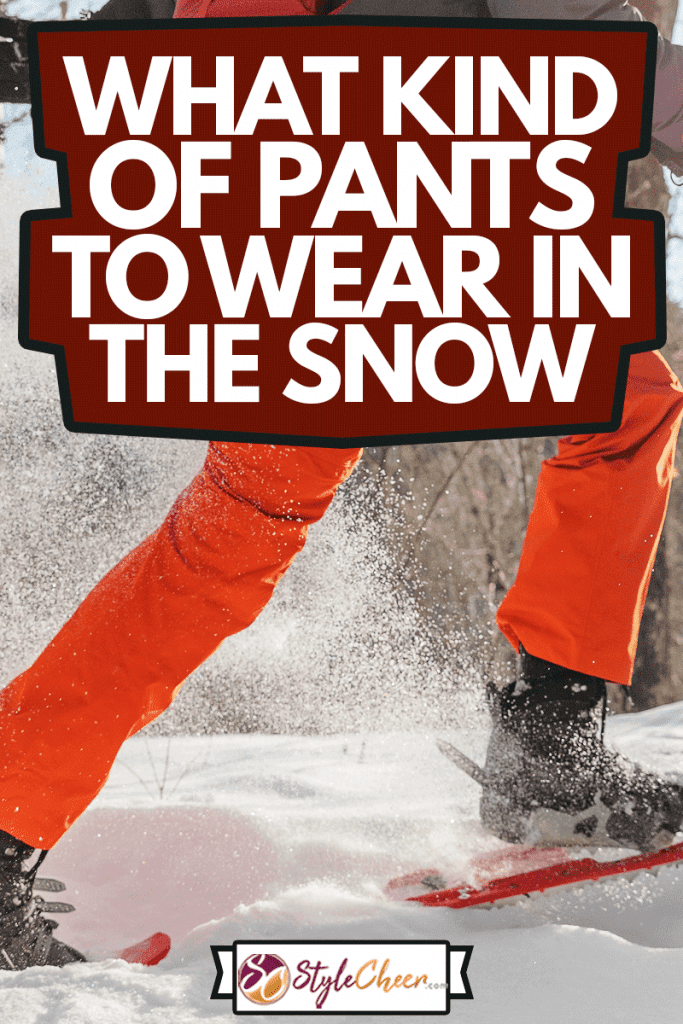
This article may include affiliate links and elements that were carefully created by our team using advanced ai to help you envision the best style advice.
Pants versus Snow: What to Wear?
Here are a few options to consider as snow wear. You might already have some options in your closet that are great for occasional snow with limited exposure. Others should be the standard if you live in a snowy climate or regularly enjoy full-contact snow activities.
Ski Pants
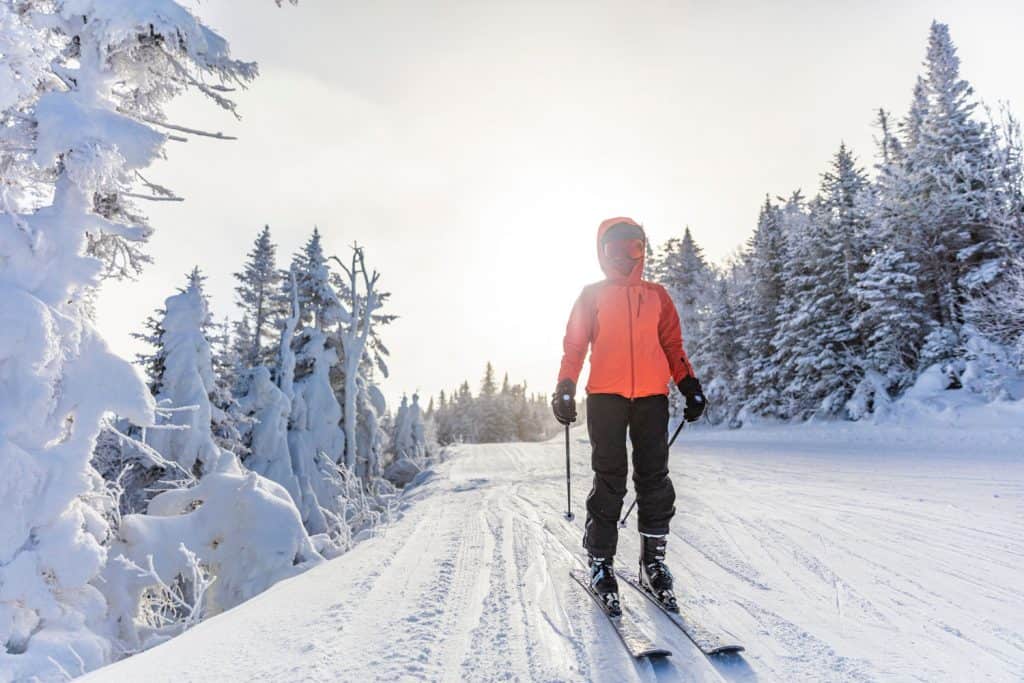
Ski pants keep participants in snow-related recreational activities warm and dry. They have a fitted design and construction from water-resistant fabrics. The higher the waterproof rating, the higher the cost, so you need to know the amount of protection you need for your climate before you start shopping.
Ski pants have taped seams to reinforce stitching to prevent water from seeping in. They also have gaiters under the cuffs to seal the bottoms so snow doesn't get into your pants and boots. Finally, built-in vents allow the wearer to release extra body heat generated through extreme physical activity.
Snowboard Pants
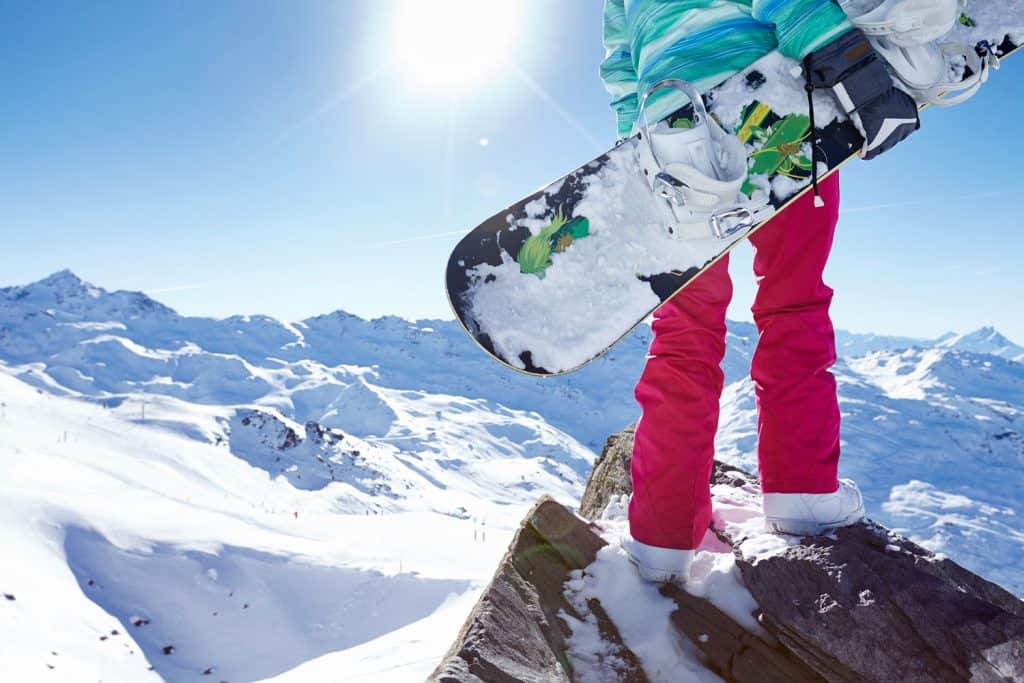
Snowboard pants are slightly different than ski pants. Both types are insulated and water-resistant, with features convenient for the slopes, but the fit should be different. Snowboard pants fit looser to allow more movement, while ski pants are more fitted to aid aerodynamics.
Hiking Pants
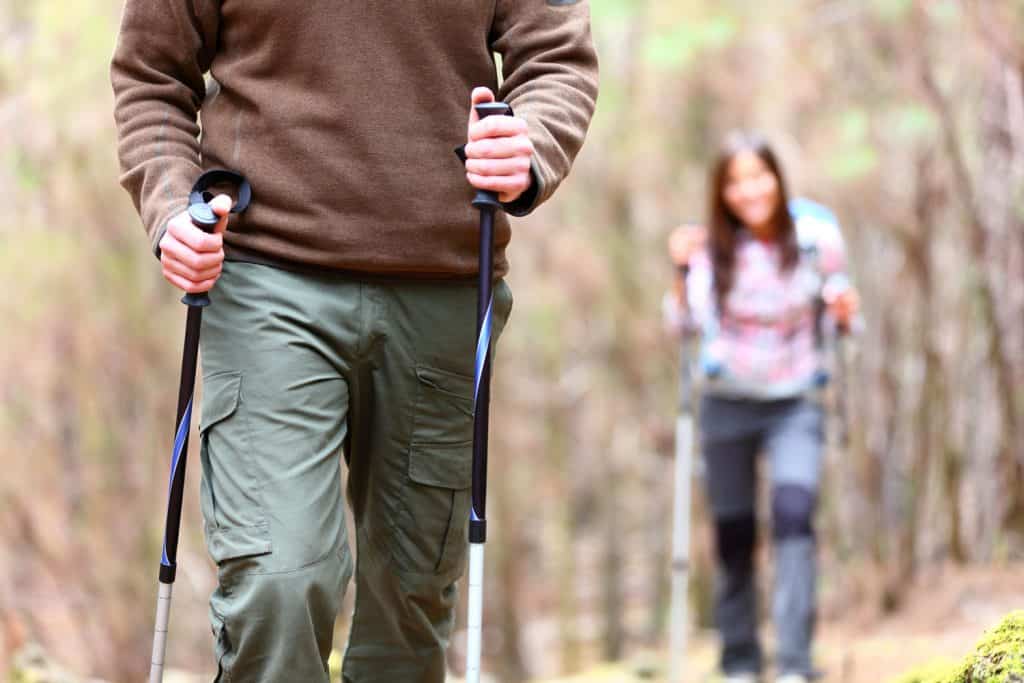
Hiking certainly isn't limited to warm weather, and many hikers love to hit the snow-filled mountains. Therefore, pants that can hold up to the elements are vital. Hiking pants are soft-shell pants usually made from breathable nylon or polyester. They also need to be wind and water-resistant. Winter hiking pants are like the three-season version except with maximum levels of protection.
Many brands of winter hiking pants are suitable for other snow-related activities, although the fit may be different. There are also features on hiking pants like harness compatibility that aren't necessary for other snow activities. However, there shouldn't be an issue as long as you are comfortable and can move freely. In contrast, snow or ski pants aren't the best for hiking.
Rain Pants
Rain pants offer moderate wind and rain resistance for light activities. They generally lack breathability or high levels of insulation and waterproofing. However, if you only get snow occasionally and already own rain pants, you can layer up and use them as an outside shell.
Any protective barrier you can add to your clothing can help keep you warm and dry.
Snow Bibs
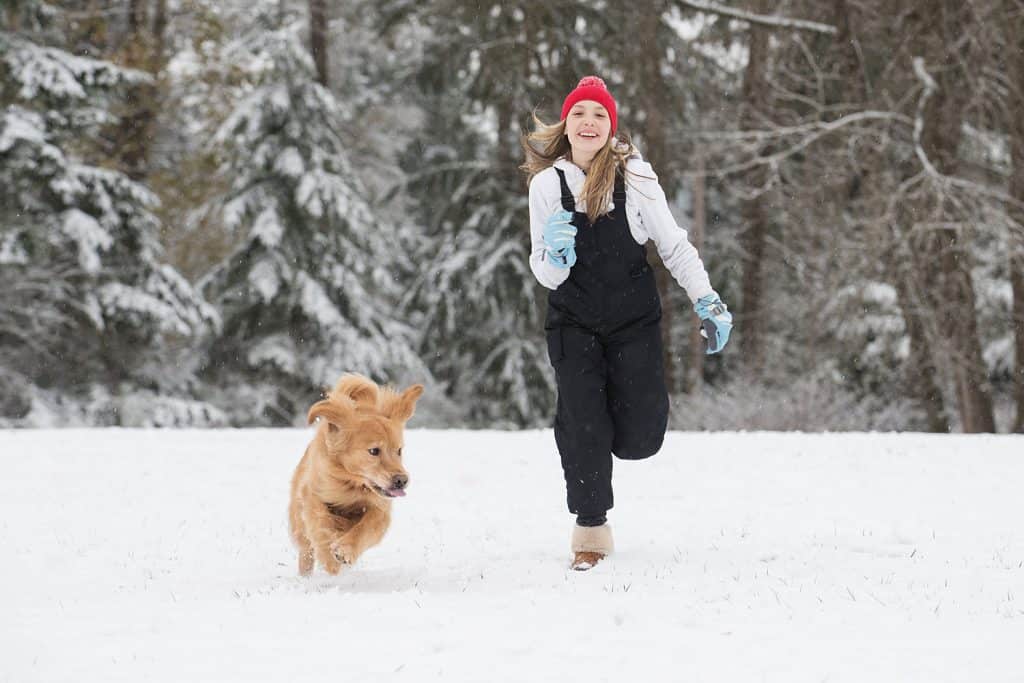
Snow bibs are similar to ski pants but are bulkier and heavier than pants. However, they offer more protection against wind and snow because the coverage extends over the torso.
Galluses hold the bibs so they won't fall or bind around the waist, making them more comfortable to some. Others find the design restrictive and challenging to remove, so it is about personal preference.
Snowsuit
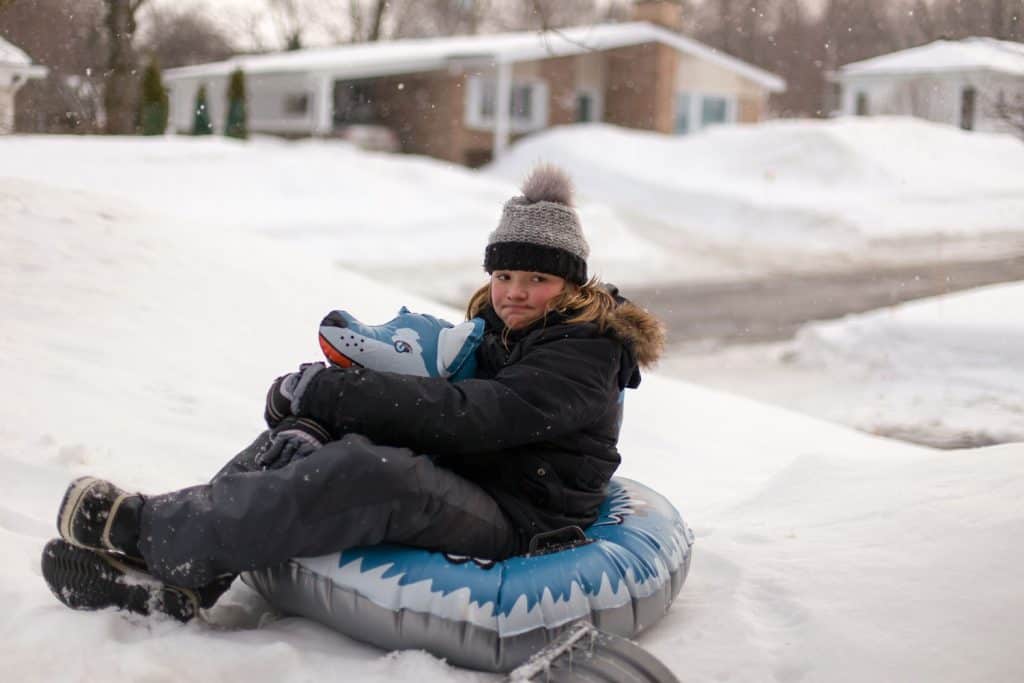
Snowsuits like ski and snowboard pants are for snow exposure. However, the snowsuit is a one-piece garment rather than a separate jacket and pants or bibs. The biggest obstacle with the snowsuit is the inconvenience of complete removal, especially during bathroom breaks. However, choosing between a jumpsuit or separate depends on which one makes you most comfortable.
Coveralls
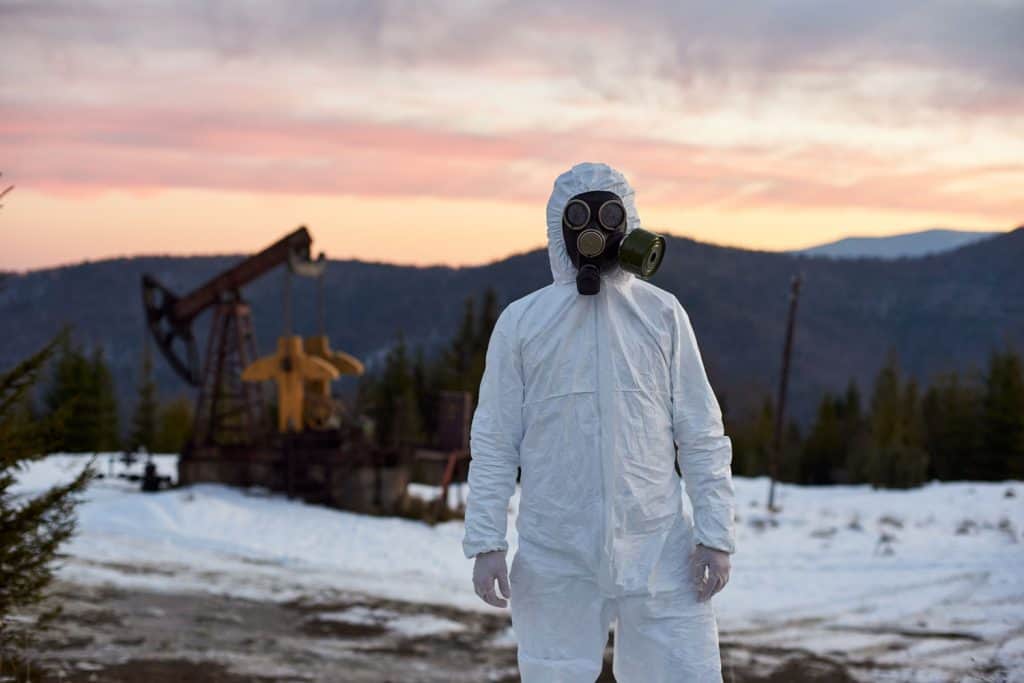
Coveralls are insulated suits that cover the legs, arms, and torso. There's a looser fit, so unisex fitting is more common. They're excellent for warmth, but some options lack complete water resistance. However, the outer fabric provides a thick barrier against the wind, while the dense layering of insulation can keep moisture from reaching your skin.
Coveralls are typical for those who work in cold and snowy conditions. When considering coveralls, make sure to read the description for the waterproof rating you need.
For high-quality coveralls for extreme temperatures, consider these from RefrigiWear.
Fleece-lined denim
Winter jeans are denim jeans made from heavy gauge denim and lined with insulation. There are casual styles to replace your everyday jeans and rugged work jeans. You'll find that these are just like your regular jeans, only warmer.
Fleece-lined leggings
If you can't give up your leggings even for the snow, switch to fleece-lined leggings. You get flexibility for movement during winter activities and added warmth for limited exposure to snow and winter weather. For extreme cold, add a thermal base layer underneath for warmth and protection.
Fleece-lined leggings also make an excellent option for an additional layer of insulation under other types of pants. Consider this option from Zuty that's even water-resistant for added protection against light snow.
Do you need waterproof pants for snow?
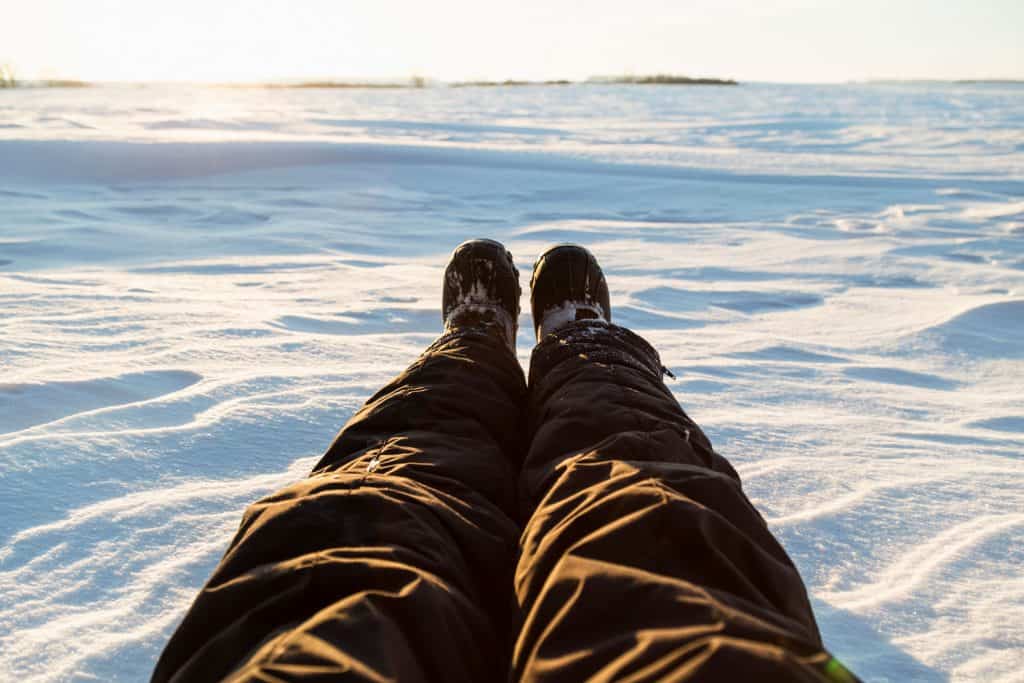
If you frequently engage in direct snow contact activities, you should consider waterproof pants. Water-resistant clothing creates a barrier that stops moisture from seeping through, protecting you from wetness. Ski gear is best but if you own any water-resistant clothing like rain pants or hiking pants, wear those with layers underneath.
You don't want moisture soaking through your clothing layers. When dampness makes contact with your skin, you start to get chills. If the temperature is too cold, you become at risk for hypothermia.
If being in the snow is an occasional occurrence, then consider other factors before purchasing waterproof pants. If you will only be in the snow for a short amount of time, can quickly change into dry clothes, and have quick access to a heat source, then the investment might not be necessary. You can still create a sufficient barrier to stay dry and warm by properly layering other clothing.
Are jeans good for cold weather?
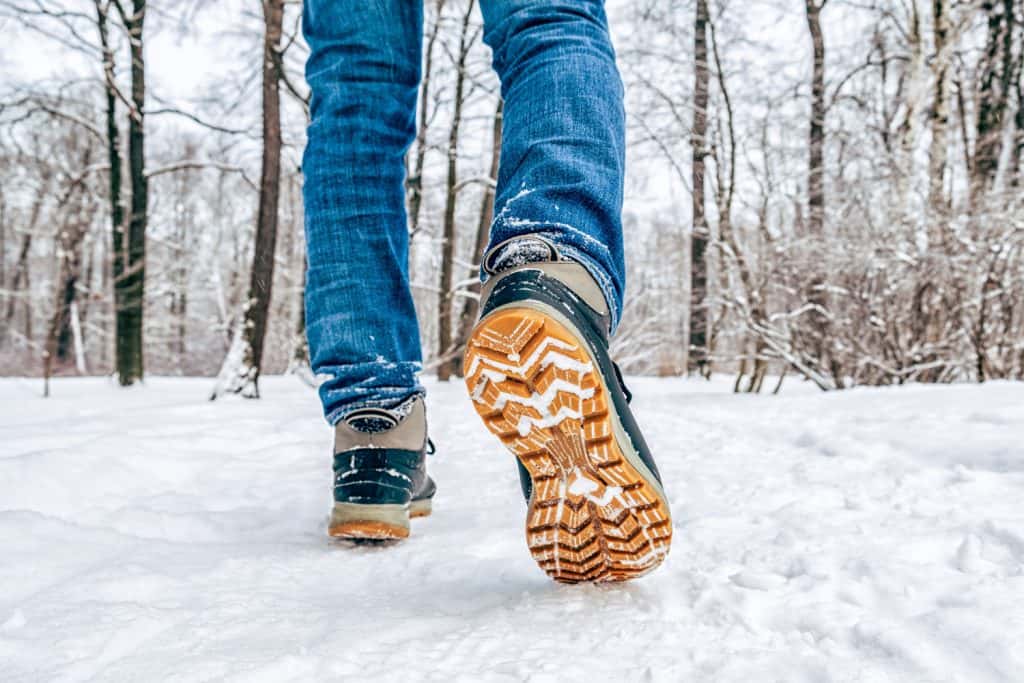
Jeans are a standard in many people's attire, but they're not the best choice for snow. Denim is made from cotton, which absorbs moisture and has little wind resistance.
If you've to be out in the cold and jeans are your only option, there are things you can do to help you stay warm.
The best alternative is to purchase winter jeans lined with a material like fleece or flannel for added warmth. At the very least, choose jeans made from a heavier gauge of denim. The thicker the denim, the sturdier the barrier between your skin and the wind and water.
When you wear regular jeans, add a base layer underneath and possibly an additional insulation layer. Another option is to wear a protective layer over your jeans and remove it when you are out of the elements. If it's extremely cold and wet, you should probably do both.
What can you wear under your pants in the winter?
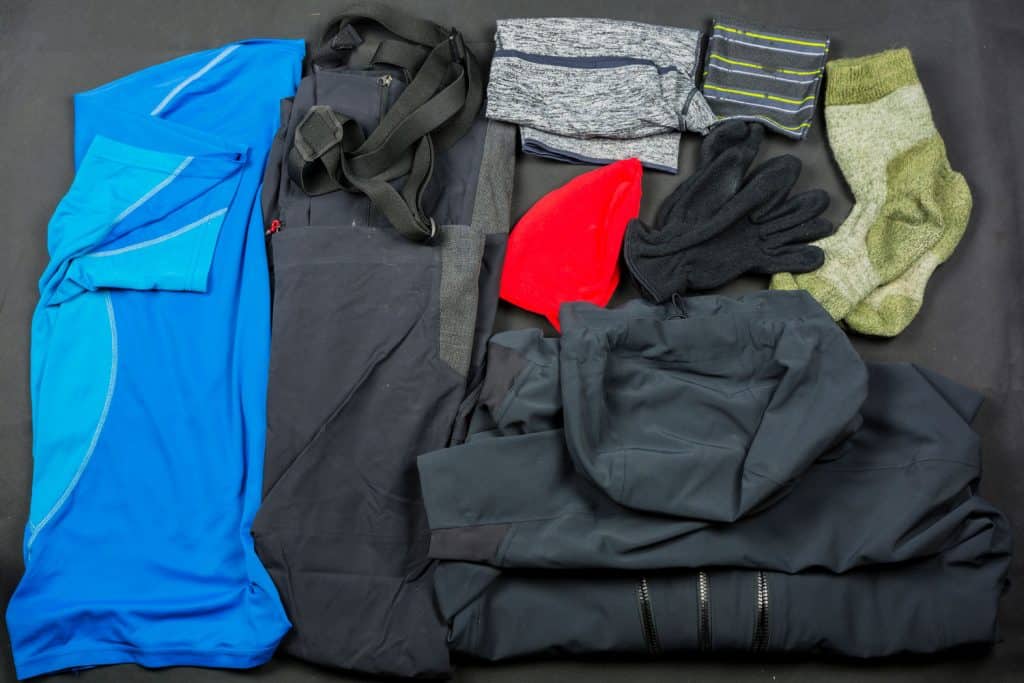
When you have to be in cold weather, you need layers. Let's look at three essential layers, which you may not need at all times, but it's wise to have them handy. Weather conditions can change throughout the day, and it's best to stay prepared.
Your pants are the outer layer or the shell, the first line of defense against wind and rain. For the best protection, your pants should be breathable and waterproof. The next best option is breathable pants that are wind and water-resistant. If this isn't the case, the following layers need to be above par.
The middle layer functions as insulation, preventing your body's natural heat from escaping. Fleece, down, and wool fabrics work best for this layer. The thickness of this layer depends on the temperature. The colder outside, the thicker the layering needs to retain your heat.
The base layer's job is to wick moisture away from your skin, keeping you dry to prevent chilling or chances of hypothermia. You want a fabric that controls wetness and odor like wool, nylon, and polyester.
Consider this product for a men's wool base layer underneath your pants.
Or this one for women.
Are sweatpants warmer than leggings?
Sweatpants are made from a cotton/polyester knit blend with dual layering. They have an outside layer with another slightly fur-like layer inside that makes them warm. Their baggy fit also makes it easy to layer underneath.
Leggings are usually cotton, polyester, nylon, and spandex, which provide very little resistance to wind, water, or cold temperatures. There isn't an inner lining layer unless labeled as lined or thermal. However, if you choose a lined pair, they might be as warm or warmer than sweatpants.
Conclusion
Many types of pants are suitable for wearing in the snow. Make sure to wear something that'll protect you from getting cold and wet.
To find out more about appropriate snow apparel, read "What Shoes to Wear in Snow?"
For more information about staying warm without giving up your leggings, consider reading "10 Of The Best Leggings For Winter."






![Woman washing a shirt with her hand, Remove Tire Marks From Clothes Like a Pro [How to Guide] - 1600x900](https://stylecheer.com/wp-content/uploads/2023/08/shutterstock_305739509-300x169.jpg)
